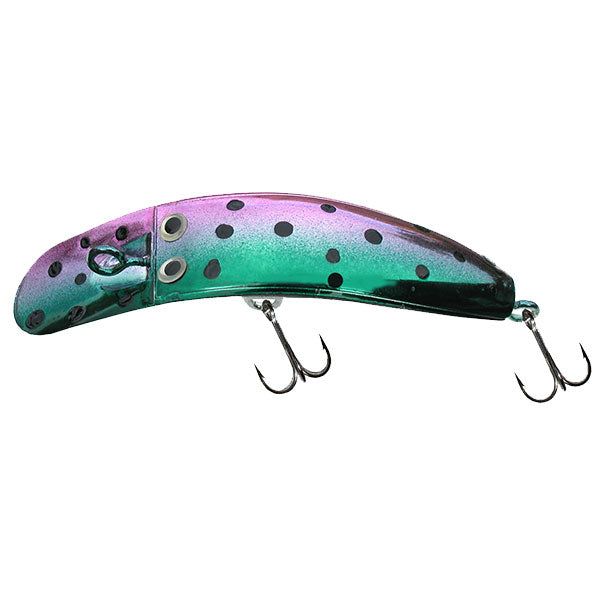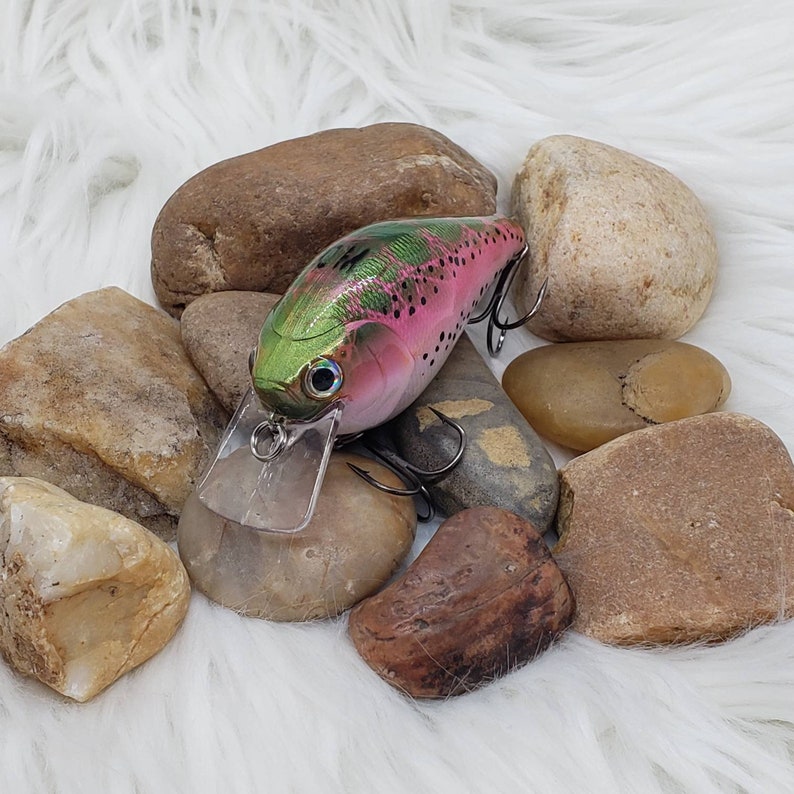
Trout slow their feeding and look for cooler watersĬold water also holds more oxygen than warm water. Optimal temperature for brown and brook trout

Keep that in mind when you’re fishing in the warm weather months. If the water on the surface gets too warm, they’ll start going deeper. They thrive in certain temperatures, but above 70✯ can be lethal to them. Like all fish, trout are cold-blooded, which means that their metabolism is dependent on the temperature around them.

There’s also a question of temperature and oxygenation. Often, this search for food brings them to the lake shore, making it easier to catch the trout. Trout eat a variety of smaller animals, including insects, worms, other fish, and even smaller trout. Unlike in moving water, where catching trout means finding pools and eddies, catching trout in a lake usually means looking for trout food. But in a lake, trout have to move around to catch their food. In moving water, a trout can hold in one spot and let the current bring the food to them.

Like any fish in a lake, trout have some very specific needs. Bear Lake in Idaho and Utah Find the Trout’s Food


 0 kommentar(er)
0 kommentar(er)
